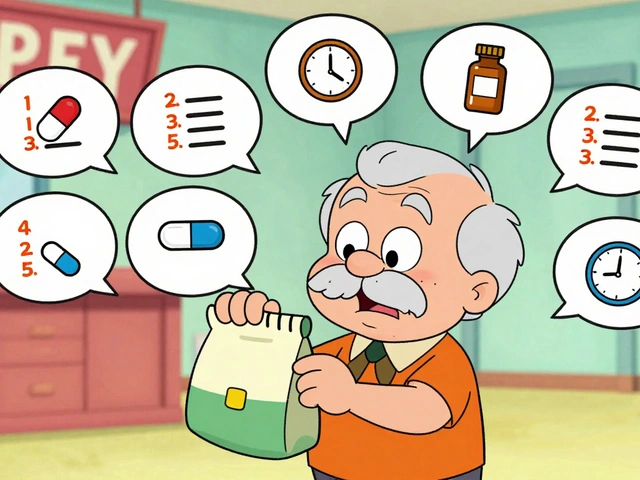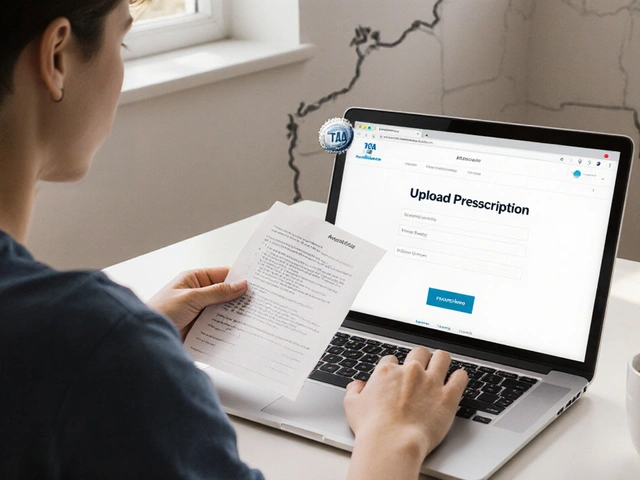Norfloxacin — a practical guide to what it does and how to stay safe
Norfloxacin is a fluoroquinolone antibiotic often used for certain urinary and gastrointestinal infections. If your doctor prescribes it, you’ll want to know why they chose it, how to take it, and which warnings matter most. This page gives clear, useful facts so you can use norfloxacin safely and effectively.
What norfloxacin treats
Norfloxacin targets a range of bacterial infections, most commonly lower urinary tract infections (UTIs) and some cases of prostatitis. Doctors also use it for certain cases of traveller’s diarrhea and other gut infections when the bacteria are known to be sensitive. It’s not a first-line choice for every infection — resistance and safety concerns mean clinicians pick it when it’s appropriate for the bug and the patient.
Typical adult dosing often seen is 400 mg taken twice daily, but the exact dose and length of treatment depend on the infection type and your health. Always follow your prescriber’s instructions — don’t change dose or stop early without talking to them.
Safety, side effects, and interactions
Common side effects include nausea, diarrhea, headache, and dizziness. More serious effects are rare but important: tendon pain or rupture (often Achilles), nerve damage (peripheral neuropathy), and changes in mood or thinking. If you get sudden tendon pain, numbness, tingling, or new severe headaches, stop the drug and contact a healthcare professional right away.
Certain people should avoid norfloxacin: pregnant or breastfeeding people, growing children, and anyone with a history of tendon disorders related to fluoroquinolones. People with myasthenia gravis can get worse on this class of drugs.
Interactions matter. Antacids, sucralfate, iron, or calcium supplements can cut norfloxacin absorption — take norfloxacin at least 2–4 hours before or after those agents. It can also interact with blood thinners (like warfarin), some antiarrhythmics, and drugs that raise the risk of seizures. Tell your doctor all medicines and supplements you take.
Avoid strong sunlight while on norfloxacin; it can make you sunburn more easily. Don’t drive or operate heavy machinery if you feel dizzy or confused.
Resistance is a practical concern. If your infection doesn’t start improving within a couple of days, contact your prescriber — you may need a different antibiotic or testing to confirm what’s causing the infection.
Final quick tips: take the full course as prescribed, space it away from antacids and supplements, report tendon or nerve symptoms immediately, and always check with your healthcare provider about pregnancy, breastfeeding, or drug interactions. Want to know if norfloxacin is right for your infection? Ask your prescriber for the fastest route to safe treatment.




